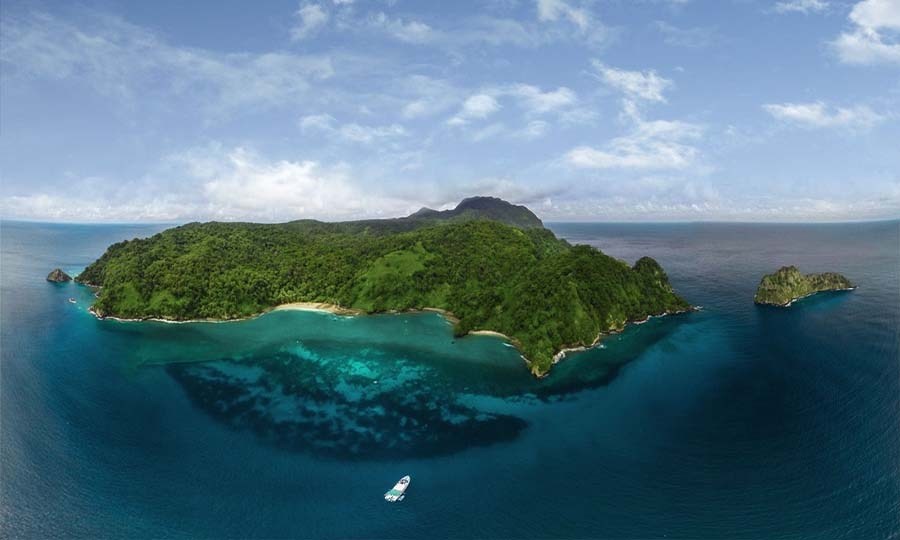Costa Rica has taken a monumental step in marine conservation by securing a $16 million aid package from the Global Environment Facility (GEF). This funding boost, announced during the Ocean Summit held in Costa Rica, is designated for the protection of the Marine Corridor of the Eastern Tropical Pacific (CMAR), which includes vital ecosystems such as Cocos Island, the Galapagos, Malpelo, and Coiba.
Uniting for Ocean Health
The “Beyond 30×30” initiative marks a pivotal moment in regional environmental strategy. Aimed at fostering resilience within the Eastern Tropical Pacific, this plan focuses on enhancing governance, promoting sustainable economic practices in the blue economy, and improving corridor management through innovative technologies and rigorous scientific research.
President Rodrigo Chaves emphasized the importance of robust management plans for both Cocos Island National Park and the forthcoming Bicentennial Marine Area. These plans will underpin efforts to boost scientific research and sustainable development practices that ensure the long-term protection of over 100,000 km² of marine biodiversity.
Technological and International Advances
The summit also spotlighted technological advancements in environmental monitoring. Franz Tattenbach, Costa Rica’s Minister of Environment, highlighted the deployment of beacon technology to monitor and reduce illegal activities in protected waters. Furthermore, the funding from the Earthshot Prize and the Blue Fund will significantly bolster conservation efforts on the island.
In addition to technological upgrades, the summit celebrated the forwarding of the United Nations Convention for Regulations on the High Seas to Congress. This convention, a product of nearly two decades of negotiations, aims to protect the rich marine biodiversity beyond national jurisdictions.
A Unified Vision for Marine Preservation
The collective efforts of Costa Rica, Panama, Colombia, and Ecuador, supported by international funds and agreements, illustrate a unified approach to oceanic preservation. This comprehensive strategy not only aims to safeguard marine biodiversity but also to enhance the livelihoods of communities reliant on these marine environments through sustainable practices and improved economic opportunities.
The Eastern Tropical Pacific stands at a crucial juncture, and with continued international cooperation and robust management strategies, it is poised to remain a bastion of marine biodiversity.

